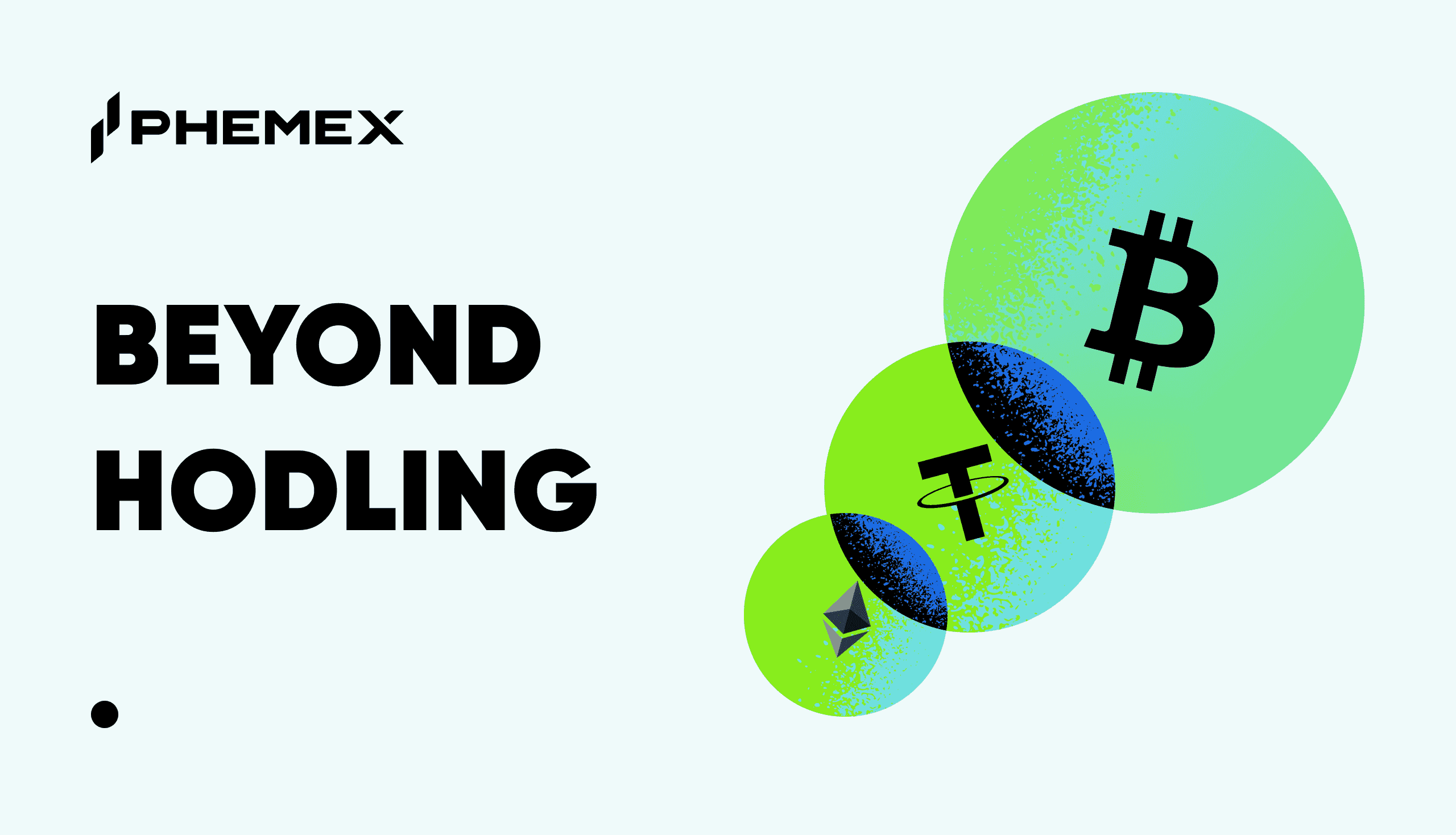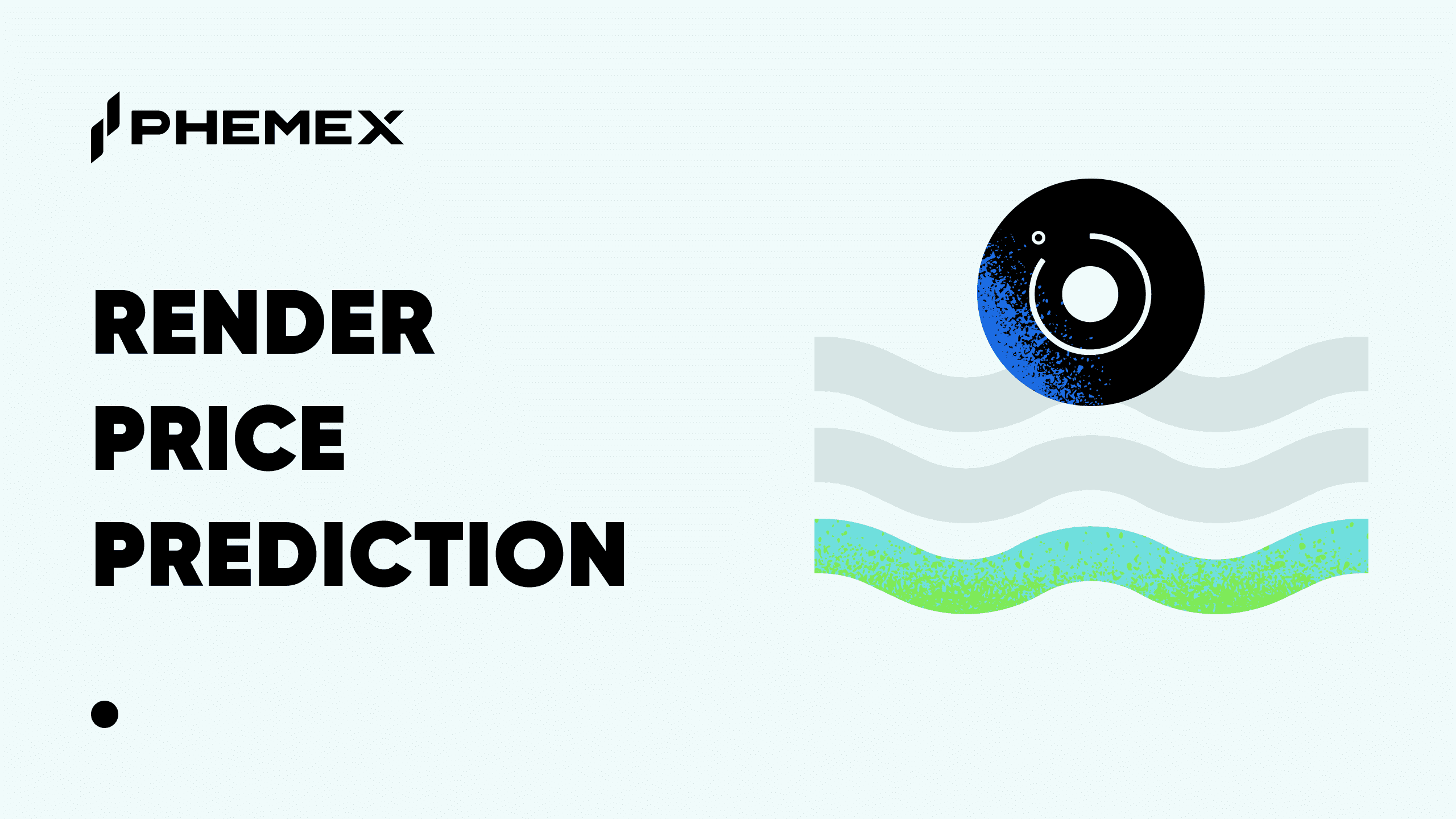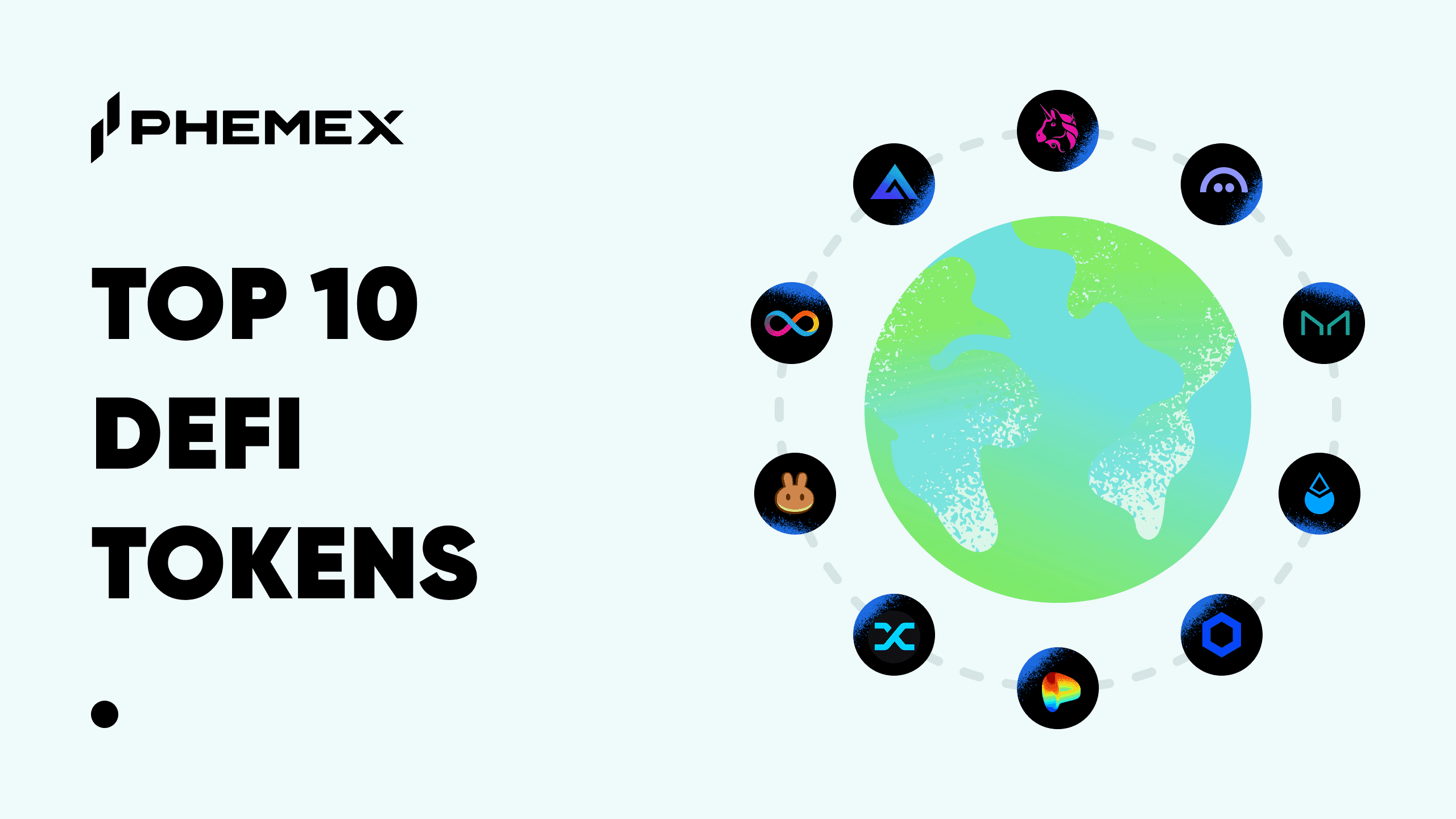
Financial institutions that hold funds on behalf of third-parties can use proof-of-reserves (PoR) as a way to show that such funds are indeed safe and available. In the past, certain banks have presented PoR so that customers can verify that the bank holds sufficient reserves to satisfy all customer balances. Nowadays most modern banks are able to operate on a fractional reserve system, meaning they are required to only hold a portion of total deposits to be made available for withdrawal. Consequently, the term “proof-of-reserve” has recently become more widely adopted in the cryptocurrency industry.
What is Proof of Reserves in Crypto
As mentioned, proof-of-reserve is a way for a financial platform to prove that it actually holds the assets it’s supposed to have. This applies particularly to cryptocurrency exchanges and brokers because crypto platforms should always have 100% of their users’ deposits on-hand. After the FTX collapse in late 2022, over $8 billion worth of customer funds were lost, prompting the entire centralized exchange industry to reevaluate its asset safeguarding protocols. This led to the PoR movement, in which many major crypto exchanges like Binance, Coinbase, and Phemex released proof-of-reserves in an effort to showcase transparency. However, as we will see, PoR methodology varied across different platforms as some exchanges took the opportunity to infuse DeFi mechanisms into their transparent operations.
How Proof of Reserves Connect Centralized Platforms & Decentralized Finance
The proof of reserves presented by most crypto platforms come in the form of Merkle-tree cryptographic hashed data, which should confirm that the exchange does have sufficient funds in reserve. But at this point you might be asking a natural question: who confirms the data? Platforms differ in their approach to this point.
Many platforms, including Binance, initially enlisted the services of a qualified auditing organization to scrutinize their financials and verify legitimacy. While this method is accepted in traditional finance, it suffers from a centralized point of failure which is an issue that the blockchain industry set out to resolve in the first problem. After all, what if the auditing organization makes a mistake or is intentionally dishonest? Crypto exchanges like Phemex, on the other hand, have innovated a self-proving proof of reserve that doesn’t rely on a third-party auditor. This approach moves the centralized exchange closer to decentralized finance because similar to DeFi, this mechanism allows CEX users to independently verify the legitimacy of the platform based on code and their own judgment.
Phemex Proof-of-Reserves for Transparency and Trustworthiness
The Phemex Proof of Reserve tool displays every user’s deposited assets via a Merkle-tree to show that they are indeed recorded and backed. Instead of having an auditor check the process and potentially make a mistake, the legitimacy of Phemex PoR is validated in a decentralized fashion, as all users successfully verify their account balance. If any false data did exist, then certain users would be unable to confirm their balance and their complaint would render the Merle root invalid. This has not happened, and the Phemex proof of reserve represents an innovation that leverages cryptography to infuse DeFi characteristics. Furthermore, Phemex has already received certification on its proof of reserve from both CoinMarketCap and CoinGecko. Being on the forefront of exchange innovation, Phemex seeks to increase transparency and trustworthiness by harmonizing the best of DeFi and CeFi.










